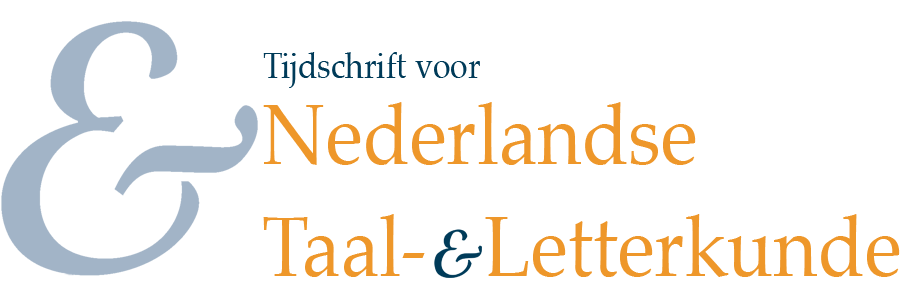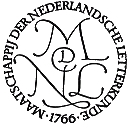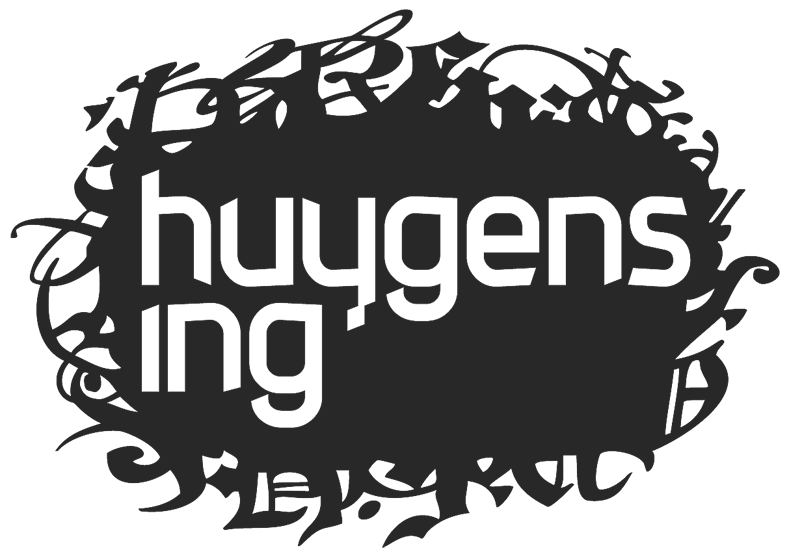Give it a try! Comparing constructions with Dutch proberen and Afrikaans probeer
Samenvatting
This paper compares the different possibilities of verbal complementation of the Dutch verb proberen ‘try’ and its Afrikaans cognate probeer ‘try’. In Dutch, proberen can take three complement types: an om te infinitive, a te infinitive and a bare infinitive. In Afrikaans, probeer can only take two complements: an om te infinitive and a bare infinitive. There are no semantic differences among the complementation patterns. We conducted a corpus study for both languages to investigate which factors influence the choice of the complement. In Dutch there is a clear influence of region (Netherlandic Dutch versus Belgian Dutch). Furthermore, the length of the object and the type of clause (main or embedded) have a significant influence on the choice of the complement. In the Afrikaans data the presence of the object as well as its length significantly influence the choice between an om te and a bare infinitive.
Terugverwijzingen
- Er zijn momenteel geen terugverwijzingen.



